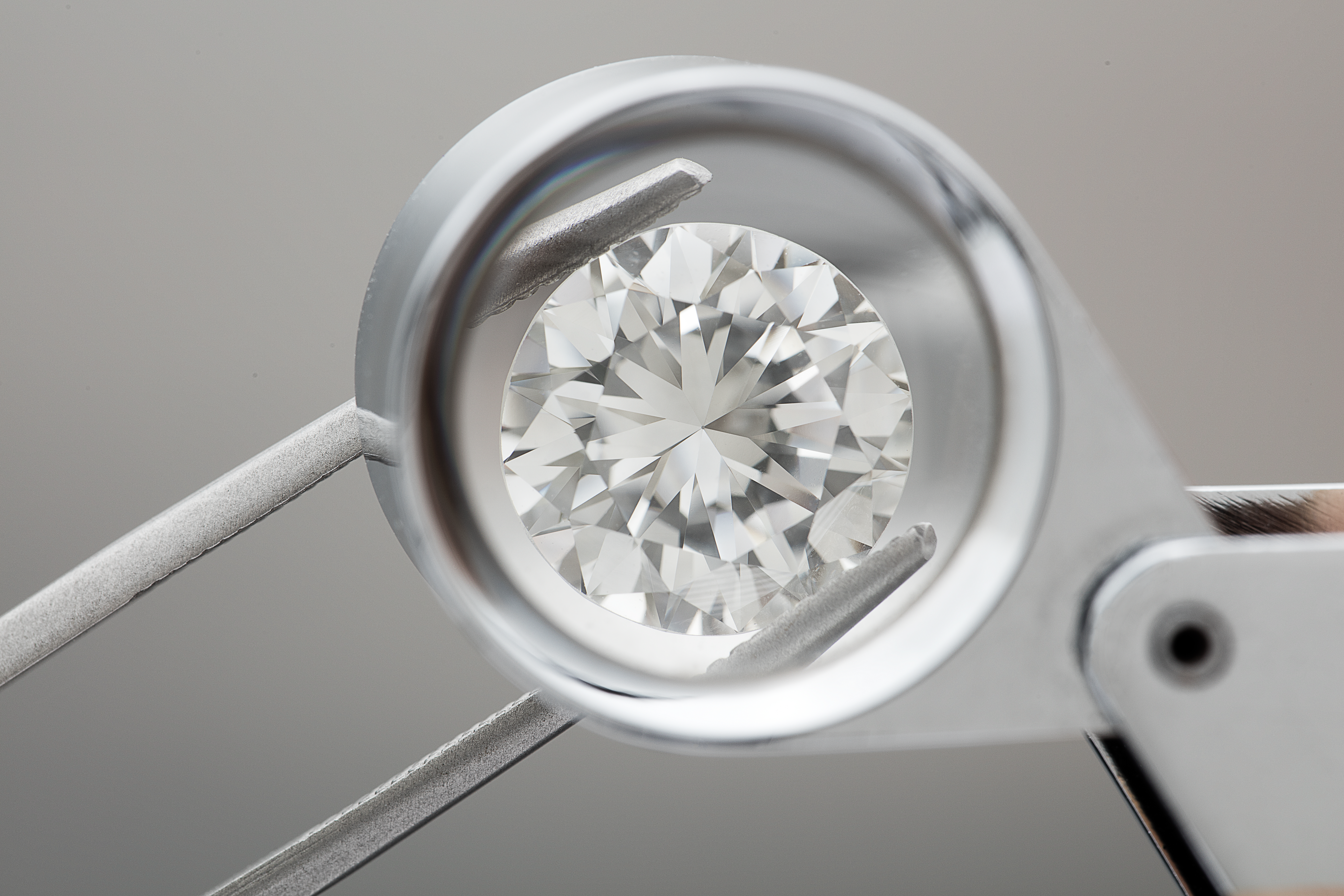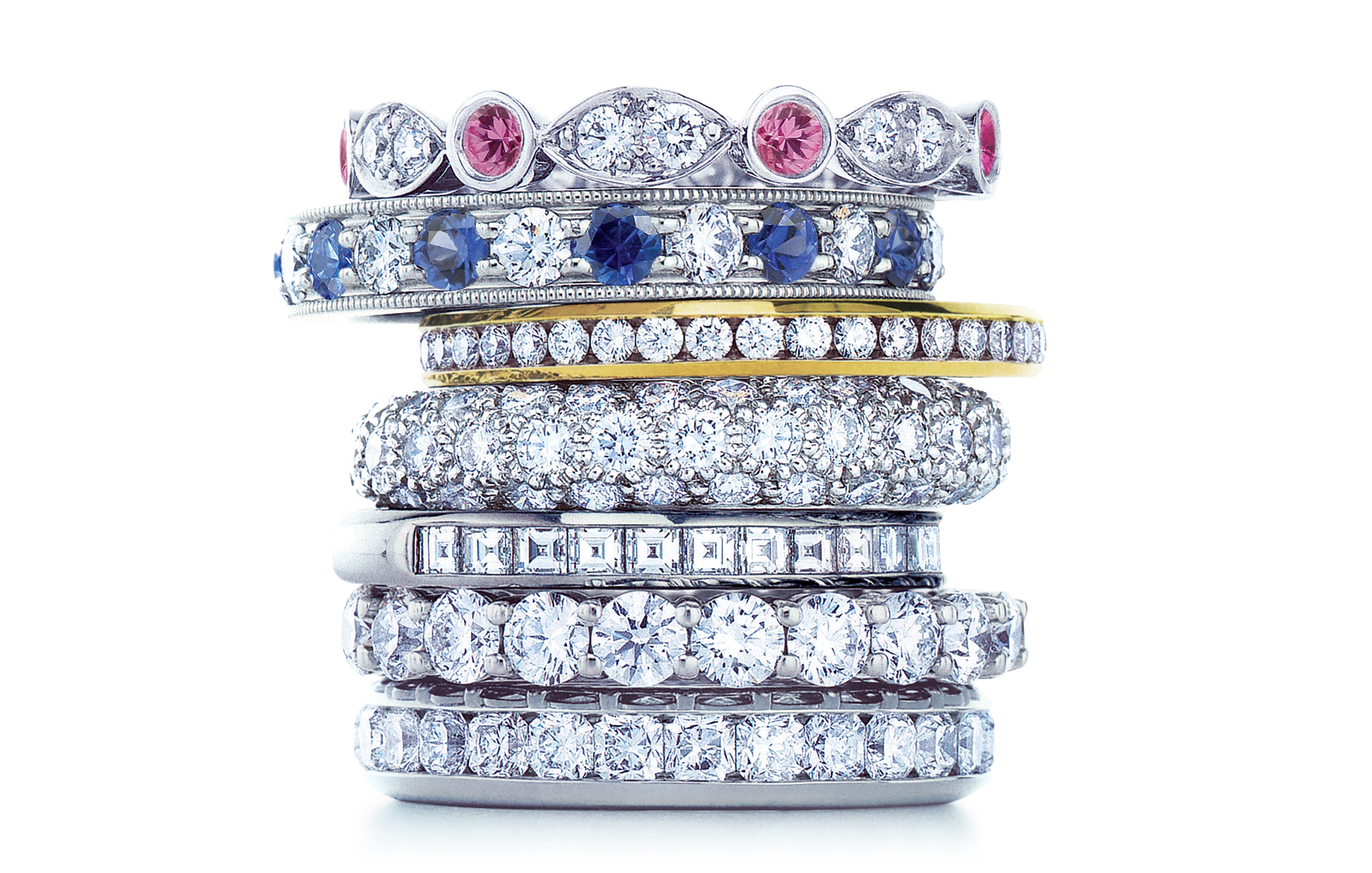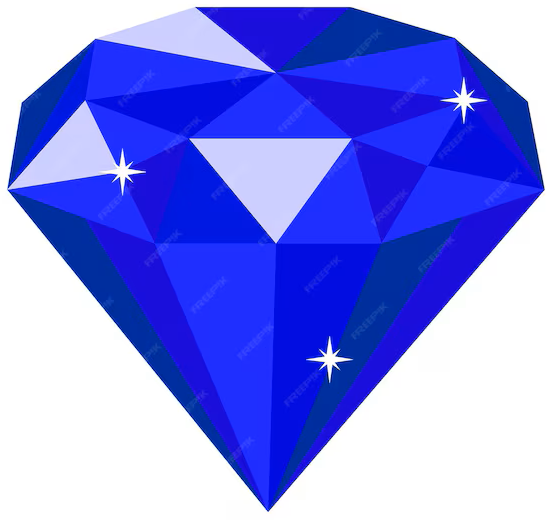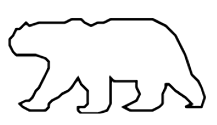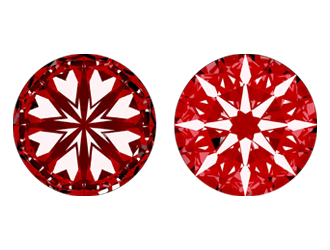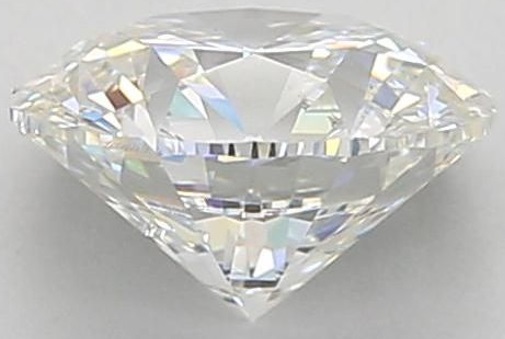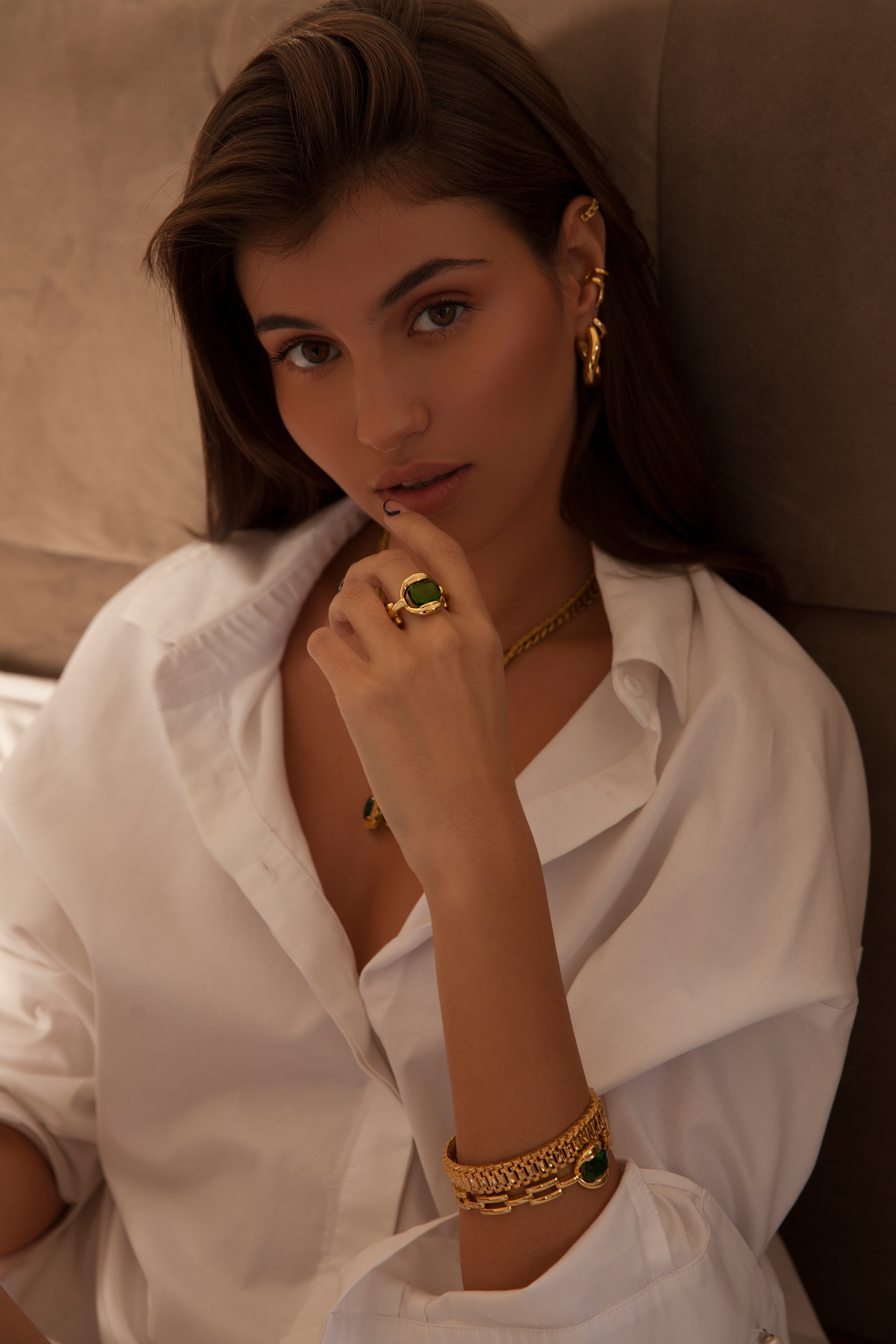
Lifetime Warranty

Hassle Free Returns

Free Resizing

Conflict Free Diamonds
Top Questions and Answers Color Diamonds
The Diamond Ratio, additionally referred to as phi or the golden ratio, is a mathematical regular approximately equal to at least one.618. it is regularly observed in art, architecture, and nature for its aesthetically desirable proportions.
The Diamond Ratio, also referred to as an appropriate square Ratio, is calculated with the aid of dividing the period of 1 aspect of a diamond through its width. it's far expressed as period/width. For a super or "best" diamond, the ratio is frequently taken into consideration to be round 1.618.
The Diamond Ratio, frequently associated with diamond cuts, isn't a hard and fast price and might range relying on the specific gemstone. it's far a ratio between the duration and width of a diamond, influencing its normal appearance.

















